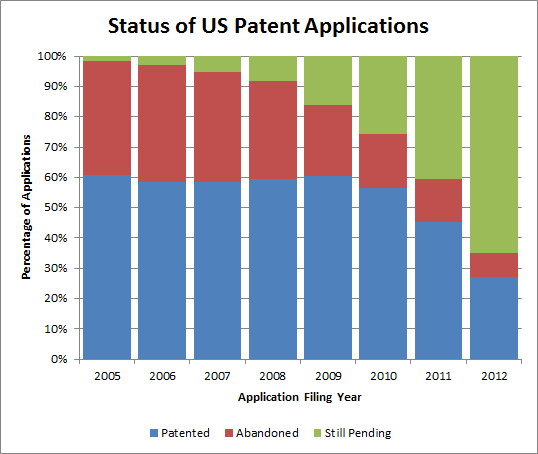It's been widely understood for many among practitioners that the USPTO doesn't care about your patent litigation problems. Once the patent is out the door, they don't have anything to do with it, unless it shows back up on a reissue, reexam, or inter partes review, where it will be treated like an unemployed child who has moved out of her parents' house but keeps dropping off her laundry. Yeah, they'll take it back, because they feel like they have to, but they won't enjoy it.
But now, the USPTO is offering free advice on patent litigation issues on their website, that they're calling the "Online Toolkit."
Been Sued or Gotten a Demand Letter?
Answers To Common Questions About Abusive Patent Litigation
Received a letter about or been sued over a patent? You’re in the right place. See below for answers to common questions:
See the topics below for answers to common questions:
In June 2013, President Obama ordered the creation of this website to empower those who have received a demand letter or may be threatened with a patent lawsuit with information about their options. In response, the USPTO has created this site.
The information presented on this site does not constitute legal advice. It should not be considered to replace advice from an attorney. Reference to any specific organizations, attorneys, law firms, corporations, or websites does not constitute endorsement, recommendation, or favoring by the USPTO.
We welcome your comments and suggestions in the box below.
Comes off a bit too "Lionel Hutz" for my taste.
Next week, the USPTO is offering a FREE webinar about the Online Toolkit that "will showcase topics such as:
- what are my options for responding to the suit?
- How can I tell whether or not I'm infringing?
- How do I find a lawyer?
- How can I challenge a patent or patent application?
Here's the info, in case you're interested. If I tune in, I will report back with my findings.
WEBINAR ACCESS INFORMATION:
Dial In: 1-571-270-7000
Event number/meeting ID: 641 836 089
Event password: 12345













































